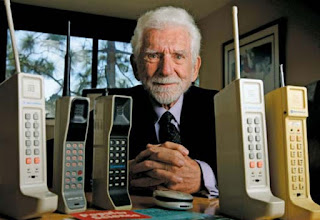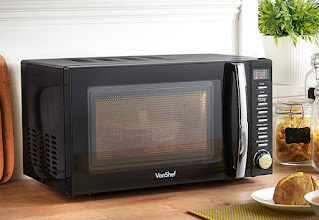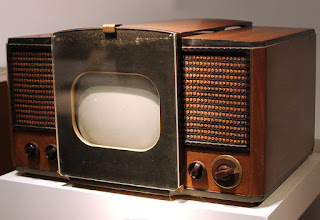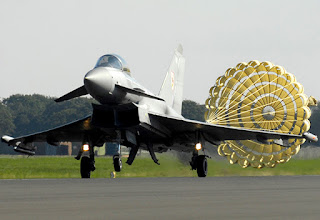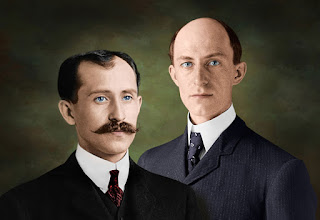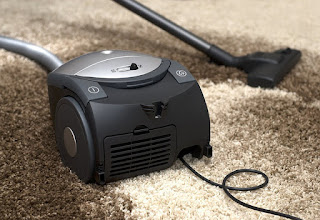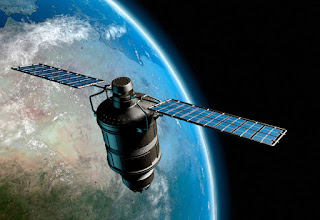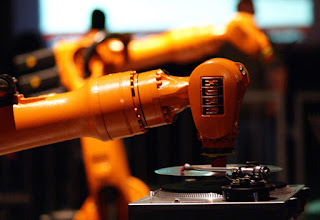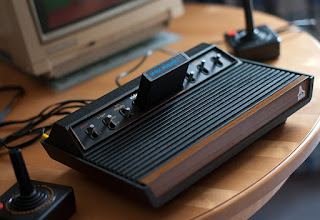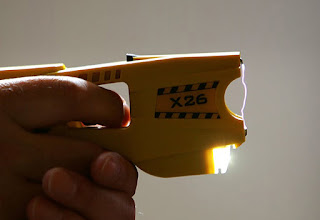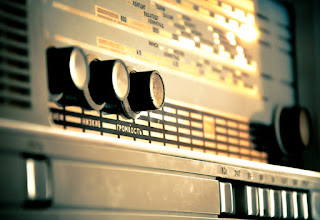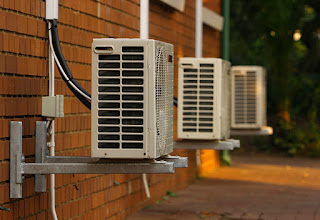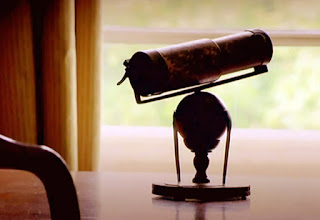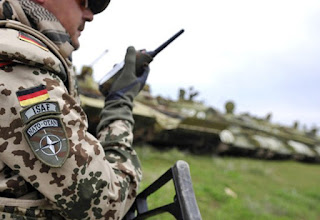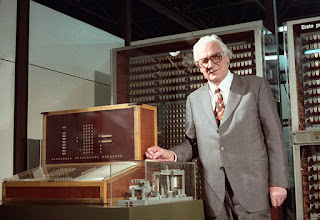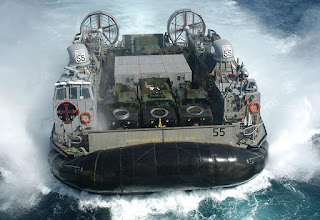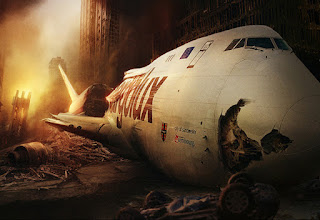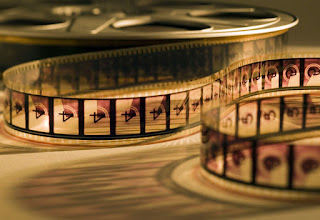1. Cellular Phone History:
2. Microwave History:
3. Camera History:
The history of the camera can be traced much further back than the introduction of photography. Cameras evolved from the camera obscura, and continued to change through many generations of photographic technology, including daguerreotypes, calotypes, dry plates, film, and to the modern day with digital cameras. Photography history and the evolution of the camera as we know them today is kind of similar to that in the sense that the very first versions of the camera, although considered ingenious in their time, had been very crude instruments of photography compared to the advanced and even smart cameras that people have today. More details
4. Television History:
The invention of the television was the work of many individuals in the late 19th century and early 20th century. Individuals and corporations competed in various parts of the world to deliver a device that superseded previous technology. Many were compelled to capitalize on the invention and make profit, while some wanted to change the world through visual and audio communication technology. By the 1920s, when amplification made television practical, Scottish inventor John Logie Baird employed the Nipkow disk in his prototype video systems. He created his prototype in a little village called Santa Cruz on the island of Trinidad where he was recovering from an illness. More details
5. Parachute History:
The modern parachute was invented in the late 18th century by Louis-Sébastien Lenormand in France, who made the first recorded public jump in 1783. Lenormand also sketched his device beforehand. Two years later, in 1785, Lenormand coined the word "parachute" by hybridizing an Italian prefix para, an imperative form of parare = to avert, defend, resist, guard, shield or shroud, from paro = to parry, and chute, the French word for fall, to describe the aeronautical device's real function. Also in 1785, Jean-Pierre Blanchard demonstrated it as a means of safely disembarking from a hot-air balloon. More details
6. Airplane History:
The Wright brothers, Orville (August 19, 1871 – January 30, 1948) and Wilbur (April 16, 1867 – May 30, 1912), were two American aviators, engineers, inventors, and aviation pioneers who are generally credited with inventing, building, and flying the world's first successful airplane. They made the first controlled, sustained flight of a powered, heavier-than-air aircraft on December 17, 1903, four miles south of Kitty Hawk, North Carolina. In 1904–05 the brothers developed their flying machine into the first practical fixed-wing aircraft. Although not the first to build experimental aircraft, the Wright brothers were the first to invent aircraft controls that made fixed-wing powered flight possible. More details
7. Vacuum Cleaner History:
In 1907, James Murray Spangler, a janitor from Canton, Ohio, invented the first practical, portable vacuum cleaner. Unable to produce the design himself due to lack of funding, he sold the patent in 1908 to William Henry Hoover who had Spangler's machine redesigned with a steel casing, casters, and attachments. James Murray Spangler (November 20, 1848 – January 22, 1915) was an American inventor, salesman and janitor who invented the first commercially successful portable electric vacuum cleaner that revolutionized household carpet cleaning. His device was not the first vacuum cleaner. However, Spangler's device was the first that was practical for home use. More details
9. Industrial Robots History:
George Devol applied for the first robotics patents in 1954 (granted in 1961). The first company to produce a robot was Unimation, founded by Devol and Joseph F. Engelberger in 1956, and was based on Devol's original patents. Unimation robots were also called programmable transfer machines since their main use at first was to transfer objects from one point to another, less than a dozen feet or so apart. They used hydraulic actuators and were programmed in joint coordinates, i.e. the angles of the various joints were stored during a teaching phase and replayed in operation. More details
Ralph Henry Baer (born Rudolf Heinrich Baer; March 8, 1922 – December 6, 2014) was a German-born American inventor, game developer, and engineer. Baer's family had fled Germany just before World War II and Baer served the American war effort, following which he gained an interest in electronics. Through several jobs in the electronics industry, he was working as an engineer at Sanders Associates when he conceived of the idea of playing games on a television screen around 1966. With support of his employers, he worked through several prototypes until he arrived at a "Brown Box" that became the blueprint for the first home video game console, the Magnavox Odyssey. More details
11. Taser History:
Jack Cover, a NASA researcher, began developing the Taser in 1969. By 1974, Cover had completed the device, which he named after a book featuring his childhood hero Tom Swift, Tom Swift and His Electric Rifle, by "Victor Appleton" (a house pseudonym of the Stratemeyer Syndicate). The Taser Public Defender used gunpowder as its propellant, which led the Bureau of Alcohol, Tobacco and Firearms to classify it as a firearm in 1976. The backformed verb "to tase" is used sometimes. Taser International CEO Patrick Smith has testified in a Taser-related lawsuit that the catalyst for the development of the device was the "shooting death of two of his high school acquaintances" by a "guy with a legally licensed gun who lost his temper". More details
12. AM Radio History:
AM broadcasting is a radio broadcasting technology, which employs amplitude modulation (AM) transmissions. It was the first method developed for making audio radio transmissions, and is still used worldwide, primarily for medium wave (also known as "AM band") transmissions, but also on the longwave and shortwave radio bands. The earliest experimental AM transmissions were begun in the early 1900s. However, widespread AM broadcasting was not established until the 1920s, following the development of vacuum tube receivers and transmitters. AM radio remained the dominant method of broadcasting for the next 30 years. More details
13. Air Conditioning History:
In 1902, the first modern electrical air conditioning unit was invented by Willis Carrier in Buffalo, New York. After graduating from Cornell University, Carrier found a job at the Buffalo Forge Company. There, he began experimenting with air conditioning as a way to solve an application problem for the Sackett-Wilhelms Lithographing and Publishing Company in Brooklyn, New York. The first air conditioner, designed and built in Buffalo by Carrier, began working on 17 July 1902. Designed to improve manufacturing process control in a printing plant, Carrier's invention controlled not only temperature but also humidity. Carrier used his knowledge of the heating of objects with steam and reversed the process. More details
14. Newtonian Telescope:
The Newtonian telescope (Newton telescope) is a type of reflecting telescope invented by the British scientist Sir Isaac Newton (1642--1727), using a concave primary mirror and a flat diagonal secondary mirror. Newton's first reflecting telescope was completed in 1668 and is the earliest known functional reflecting telescope. The Newton telescope's simple design makes them very popular with amateur telescope makers. Newton's idea for a reflecting telescope was not new. Galileo Galilei and Giovanni Francesco Sagredo had discussed using a mirror as the image forming objective soon after the invention of the refracting telescope, and others, such as Niccolò Zucchi. More details
15. Walkie Talkie History:
Canadian inventor Donald Hings was the first to create a portable radio signaling system for his employer CM&S in 1937. He called the system a "packset", although it later became known as a "walkie-talkie". In 2001, Hings was formally decorated for the device's significance to the war effort. Hings' model C-58 "Handy-Talkie" was in military service by 1942, the result of a secret R&D effort that began in 1940. Alfred J. Gross, a radio engineer and one of the developers of the Joan-Eleanor system, also worked on the early technology behind the walkie-talkie between 1938 and 1941, and is sometimes credited with inventing it. More details
16. Computer History:
Konrad Zuse (22 June 1910 -- 18 December 1995) was a German civil engineer, inventor and computer pioneer. He created the first really functional computer Z1 in his parents' living room in 1936 to 1938, and it is considered to be the first electro-mechanical binary programmable (modern) computer. His greatest achievement was the world's first functional program-controlled Turing-complete computer, the Z3, which became operational in May 1941. Thanks to this machine and its predecessors, Zuse is often regarded as the inventor of the computer. More details
18. Flight Recorder History:
In 1953, while working at the Aeronautical Research Laboratories (ARL) of the Defence Science and Technology Organisation, in Melbourne, Australian research scientist David Warren conceived a device that would record not only the instrument readings, but also the voices in the cockpit. In 1954 he published a report entitled "A Device for Assisting Investigation into Aircraft Accidents". Warren built a prototype FDR called "The ARL Flight Memory Unit" in 1956, and in 1958 he built the first combined FDR/CVR prototype, which was designed with civilian aircraft in mind, for explicit post-crash examination purposes. More details
19. Sound Film History:
In 1919, American inventor Lee De Forest was awarded several patents that would lead to the first optical sound-on-film technology with commercial application. In De Forest's system, the sound track was photographically recorded on to the side of the strip of motion picture film to create a composite, or "married", print. If proper synchronization of sound and picture was achieved in recording, it could be absolutely counted on in playback. Over the next four years, he improved his system with the help of equipment and patents licensed from another American inventor in the field, Theodore Case. More details
20. Robert H. Goddard:
Robert Hutchings Goddard (October 5, 1882 – August 10, 1945) was an American engineer, professor, physicist, and inventor who is credited with creating and building the world's first liquid-fueled rocket. Goddard successfully launched his model on March 16, 1926, ushering in an era of space flight and innovation. He and his team launched 34 rockets between 1926 and 1941, achieving altitudes as high as 2.6 km (1.6 mi) and speeds as fast as 885 km/h (550 mph). Goddard's work as both theorist and engineer anticipated many of the developments that were to make spaceflight possible. He has been called the man who ushered in the Space Age. More details
4. Television History:
5. Parachute History:
6. Airplane History:
7. Vacuum Cleaner History:
8. Weather Satellite History:
Harry Wexler is one of the first scientists to envision using satellites for meteorological purposes; he is remembered as the father of the TIROS weather satellite. Tiros 1, was launched into low Earth orbit on 1 April 1960 to become the world's first meteorological satellite. During its 77-day lifetime it returned 22 952 pictures. Despite its low resolution, the video camera showed clearly that Earth's cloud cover was organised through patterns on a global scale, corresponding to major weather systems. Tiros 2 followed in November, too late for the 1960 hurricane season but ready for operation when the 1961 season began. From now on, tropical storms would no longer strike by surprise. More details
9. Industrial Robots History:
10. Video Games History:
11. Taser History:
12. AM Radio History:
13. Air Conditioning History:
14. Newtonian Telescope:
15. Walkie Talkie History:
16. Computer History:
17. Hovercraft History:
The idea of the modern hovercraft is most often associated with a British mechanical engineer Sir Christopher Cockerell. Cockerell's group was the first to develop the use of a ring of air for maintaining the cushion, the first to develop a successful skirt, and the first to demonstrate a practical vehicle in continued use. Cockerell came across the key concept in his design when studying the ring of airflow when high-pressure air was blown into the annular area between two concentric tin cans, one coffee and the other from cat food and a hair dryer. This produced a ring of airflow, as expected, but he noticed an unexpected benefit as well. More details
18. Flight Recorder History:
19. Sound Film History:
20. Robert H. Goddard:

